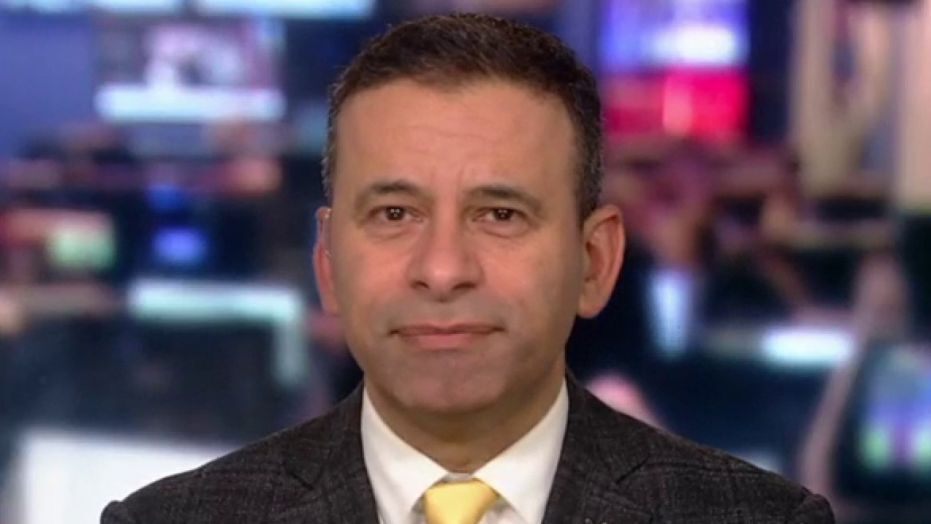Johns Hopkins University professor of health policy Dr. Marty Makary told “The Story” Thursday that a new study claiming the coronavirus pandemic could last for two years discounts the possibility that a vaccine will exist by the start of next year.
“I did read the study from the University of Minnesota, and it does appear to be accurate. There are no problems, but it does make an assumption that we will not have a vaccine,” Makary said. “But there’s been many advances in vaccine development. And even in the last two weeks, eight days ago, the Oxford group reported that in monkeys, the monkeys developed a immunogenicity or an antibody. And compared to monkeys who did not have the vaccine, the monkeys with the vaccine did not get the infection.”
“That’s a major breakthrough,” Makary elaborated. “We’ve never had a vaccine for an RNA virus. So it’s very feasible that their plan to get a vaccine by this fall may actually help us with partial herd immunity, which helps us.”
The report, put together by the Center for Infectious Disease Research and Policy at the University of Minnesota, notes the similarities between COVID-19 and influenza pandemics, including the presence of asymptomatic cases and the global population having “little to no pre-existing immunity,” which results in “worldwide susceptibility.”
Though there are differences between SARS-CoV-2 and influenza, the researchers gleaned from past pandemics that the current pandemic’s length “will likely be 18 to 24 months, as herd immunity gradually develops in the human population.”
Makary also commented on data from New York state that showed 66 percent of patients recently hospitalized with coronavirus had been staying at home when they were infected.
“Generally speaking, patients report, and this has been well established, better and safer behaviors than reality. So people report that they may be staying at home. But, in fact, we know 600 people got the infection during pretty hard sheltering conditions in the New York area. How did that happen?” Makary said. “There are mass gatherings there, travel there, people working in confined areas there. It’s people with direct contact.”
(Fox News)
